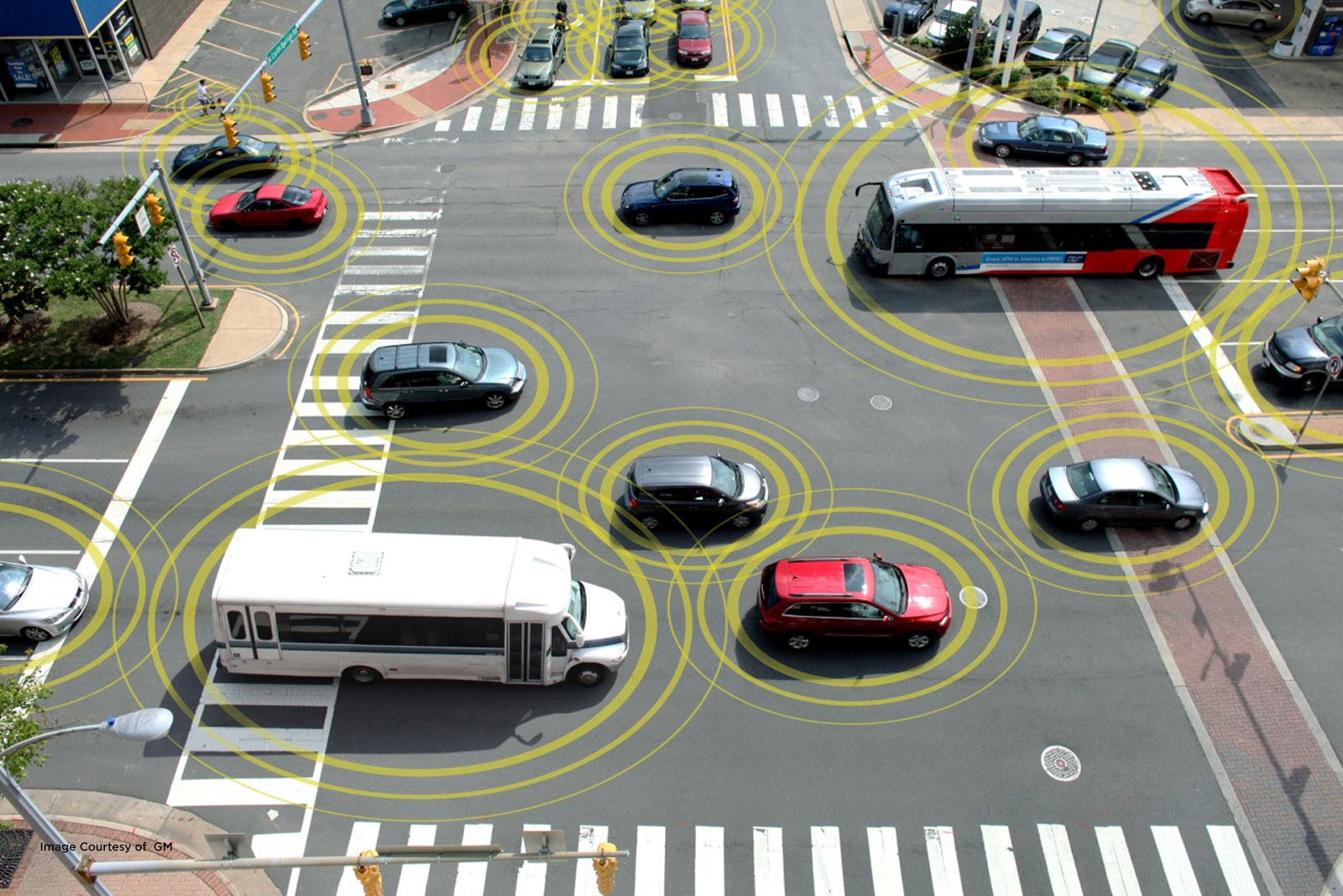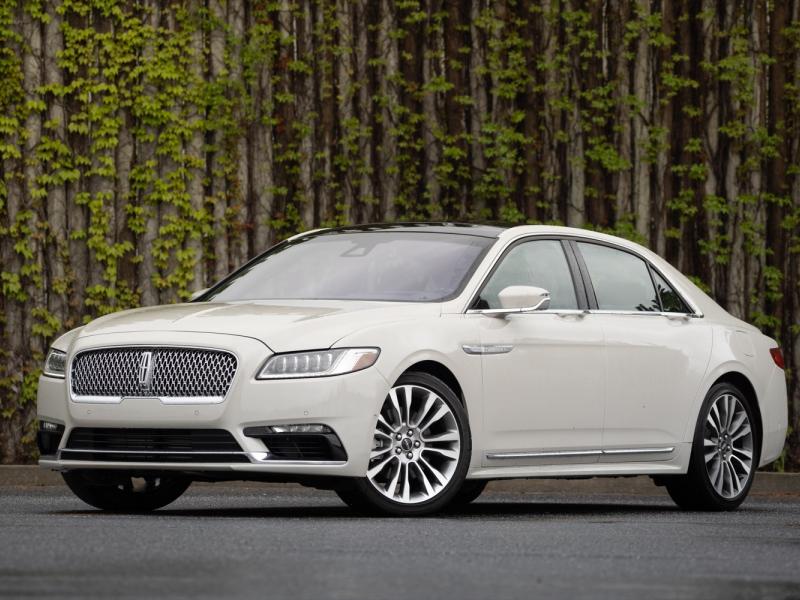GM Wireless Pedestrian Detection Technology
Tue, 07/23/2013 - 21:57
General Motors is working on a similar system to what Mercedes offers, a radar-based pedestrian detection technology. Only GM’s system uses cellphone signals and Wi-Fi to detect people. Everybody these days carry a cell phone, don’t they? even little children!
The feature relies on Wi-Fi Direct, the peer-to-peer wireless standard that allows devices like some smartphones to communicate directly with each other rather than through a shared access point like a cell phone tower. GM researchers have determined Wi-Fi Direct can be integrated with other sensor-based object detection and driver alert systems already available on production vehicles to help detect pedestrians and bicyclists carrying smartphones equipped with Wi-Fi Direct.
This system is not yet operational and is in development stage. But they might be onto something here.
Details in GM press release:
The automaker also is looking to develop a complementary app for Wi-Fi Direct-capable smartphones that can be downloaded by frequent road users such as “bike messenger” or “construction worker” that will help Wi-Fi Direct-equipped vehicles identify them.
Wireless pedestrian detection is part of GM’s ongoing development of vehicle-to-infrastructure (V2I) and vehicle-to-vehicle (V2V) communication systems that could provide advance warning about hazards such as slowed or stalled vehicles, slippery roads or intersections and stop signs.
“This new wireless capability could warn drivers about pedestrians who might be stepping into the roadway from behind a parked vehicle, or bicyclists who are riding in the car’s blind spot,” said Nady Boules, GM Global R&D director of the Electrical and Control Systems Research Lab. “Wi-Fi Direct has the potential to become an integral part of the comprehensive driver assistance systems we offer on many of our Chevrolet, Cadillac, Buick and GMC vehicles.”
By eliminating the intermediate step required to reach a cell phone tower, Wi-Fi Direct allows devices to connect in approximately one second compared to conventional wireless systems that typically need seven or eight seconds to acquire location information and connect.
“Wi-Fi Direct’s fast connections offer a distinct advantage in vehicle applications,” said Donald Grimm, GM Global R&D senior researcher of perception and vehicle control systems. “The quicker a vehicle can detect other Wi-Fi Direct users, the greater the potential for collision avoidance.”
According to the National Highway Traffic Safety Administration, 4,280 pedestrians and 618 bicyclists lost their lives in collisions with motor vehicles in 2010. Both totals were down by as much as 25 percent since 1995, consistent with overall traffic fatalities. GM’s potential use of Wi-Fi Direct is one way the automaker is working to help further reduce the number of traffic fatalities.

[{"target_id":"256939","alt":null,"title":null,"width":"1600","height":"1068","url":"\/sites\/default\/files\/articles-images\/d0\/TCCID_Connected-Vehicles.jpg"},{"target_id":"256940","alt":null,"title":null,"width":"910","height":"463","url":"\/sites\/default\/files\/articles-images\/d0\/gm-wireless-pedestrian-detection-technology.jpg"}]




